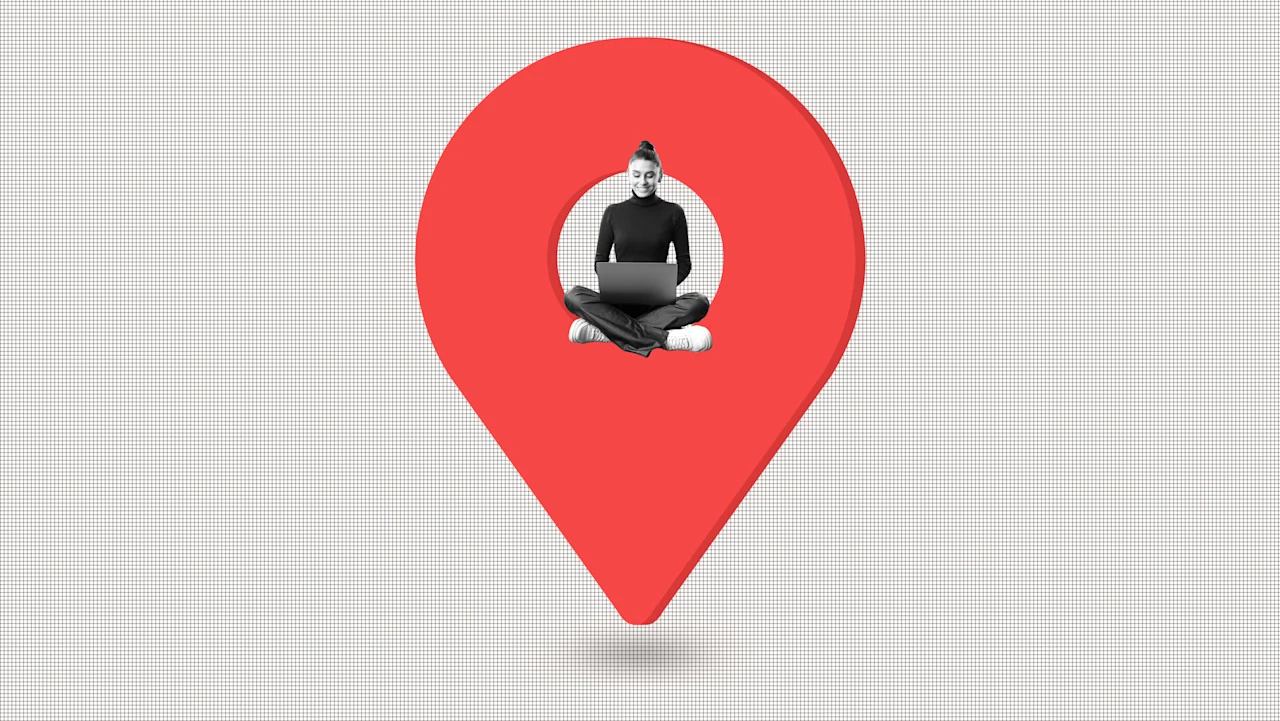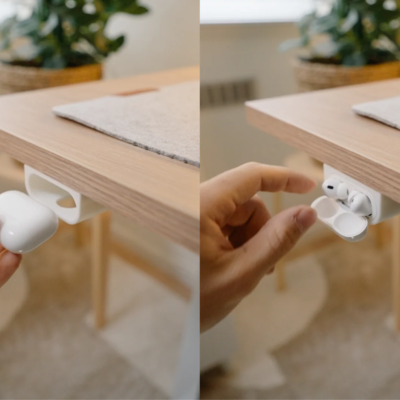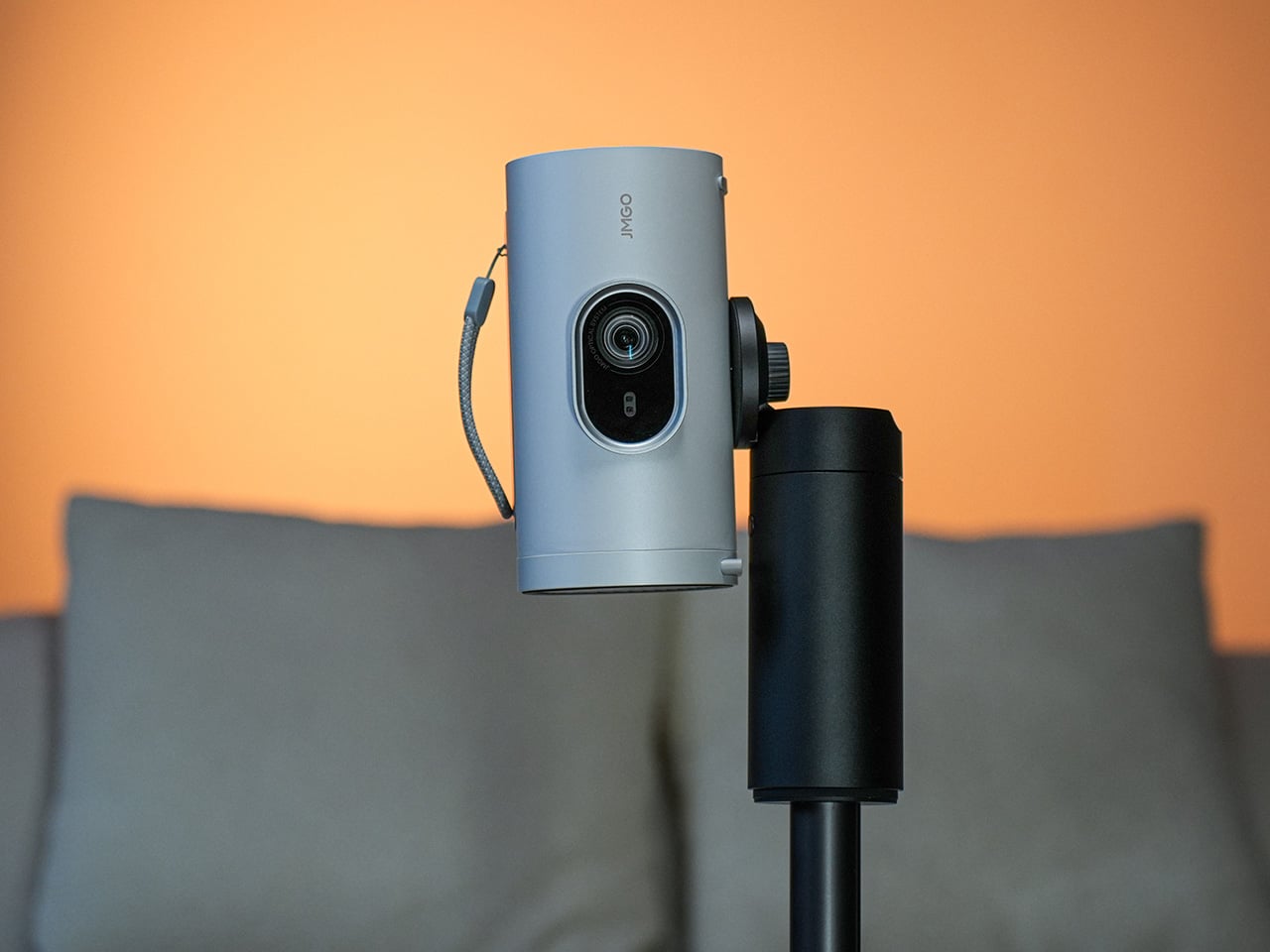www.yankodesign.com
Contemporary visual devices have moved beyond conventional screens and have transformed into immersive setups and design elements that integrate into modern interiors. From minimalist projectors to ultra-thin displays, the focus is on seamless integration that enhances functionality and visual appeal. These innovations are reshaping how we interact with technology within our living spaces and the outdoors.This evolution reflects a broader shift in design philosophy where aesthetics, usability, and user experience converge. Devices are no longer judged solely by performance but by their ability to harmonize with personal environments.Lets understand how technology is now seen as a functional asset and an extension of ones lifestyle and taste.1. Rethinking Screens as Seamless SurfacesThe era of fixed screens is giving way to immersive, space-integrated visual design. Designers are reimagining surfaces, turning walls into projection canvases and furniture into interactive displays. It is no longer about screen size, but about dissolving boundaries between technology and interior spaces.Living rooms can shift from tranquil landscapes to dynamic art installations at will. Projectors now hide in ceilings, while smart surfaces respond on command, displaying information, media, or ambience. This evolution reflects a move toward invisible yet intelligent technology, where the room transforms into a responsive digital medium that is woven into everyday life.The JMGO PicoPlay+ offers a refined approach to portable entertainment, combining sleek design with impressive versatility. Compact and lightweight, it fits easily into a backpack yet delivers sharp 1080P visuals with 460 ISO lumens of brightness. Its unique vertical projection mode allows social media content, such as Instagram Reels and YouTube Shorts, to be displayed in full height, transforming casual browsing into a cinematic experience. Doubling as a 360-degree Bluetooth speaker, it fills any space with immersive sound, making it ideal for quiet nights and group gatherings.Equipped with Google TV, the PicoPlay+ gives users access to over 10,000 apps, including Netflix, without needing external devices. Smart features like gimbal-based auto-correction, touch controls, and customizable shortcuts enhance ease of use, while the synchronized RGB lighting system adds an ambient touch. With a 25,000-hour LED lifespan, HDMI 2.1, USB and Type-C ports, and a portable power bank stand, the PicoPlay+ adapts to a variety of lifestyles and settings.2. The Art of Disappearing TechnologyOne of the most compelling design trends today is the rise of invisible technology as devices blend effortlessly into their surroundings when not in use. Rather than hiding them, designers are integrating technology into everyday objects. Projectors, for instance, are now built into lamps or sculptural forms that complement the rooms aesthetic without drawing attention.This philosophy stems from the idea that homes should be serene, clutter-free environments. When the projector isnt in use, it functions as a stylish light fixture. By combining form and function, this approach allows technology to serve discreetly, preserving the beauty and tranquility of the space.The Hisense L9Q Series redefines home entertainment with its advanced Laser TV technology and adaptable design. Available in screen sizes ranging from 100 to 150 inches, it caters to a variety of interiors. Its TriChroma triple-laser light engine delivers vivid visuals by covering 110% of the BT.2020 color space, with up to 5,000 lumens brightness and a 5,000:1 contrast ratio. Paired with Ambient Light Rejection (ALR) screens, the display remains crisp even in well-lit environments. Features such as Auto Screen Alignment and Manual Keystone Correction simplify installation across diverse room layouts.This model also introduces the industrys first 6.2.2 surround sound system in a Laser TV, supported by Dolby Atmos and DTS Virtual X for an immersive audio experience. The acoustics are enhanced by a 15 tilted sound bin, inspired by Roman amphitheatres. Aesthetic highlights include a Black Walnut Dcor Panel, Star Orbit Ambient Lighting, and brushed metal finishes. With Google TV, voice assistant support, and robust connectivity, the L9Q is a premium smart entertainment solution.3. Seamless Integration and Smart LivingDesign is now making visual devices more intelligent, intuitive, and seamlessly connected to everyday life. Projectors and smart displays have evolved from simple gadgets into central control points within a smart home. With integration capabilities that link them to voice assistants, lighting systems, and surround sound, these devices offer a fluid, unified experience that enhances convenience and comfort.This level of connectivity transforms how the home responds to your needs. A single voice command can dim the lights, lower the shades, and start your favorite movie. Its a shift from operating isolated devices to curating immersive, synchronized moments that make the home smarter, more responsive, and deeply attuned to modern lifestyles.In a landscape filled with technology boasting faster processors and sharper displays, the OmniStar L80 by Casiris presents a distinctive claim and is the worlds brightest LCD projector. With 1500 ANSI Lumens of brightness, it surpasses standard LCD projectors in luminance and uniformity, delivering vivid, clear visuals even in ambient light. Built on Casiris proprietary 5.7-inch LCD module, the projector offers a native 1080p resolution and supports projection sizes from 80 to 200 inches. Equipped with auto-focus, auto-keystone correction, and a 15 adjustable base, it ensures ease of setup and versatile placement options.Complementing its impressive visuals, the OmniStar L80 features dual 15W speakers and a subwoofer, offering immersive audio and the ability to function as a standalone Bluetooth speaker. It runs on Android 9.0, supports dual-band Wi-Fi and Bluetooth 5.0, and includes multiple connectivity ports.4. Precision and Performance: Beyond 4KWhile 4K resolution is important, todays design focus extends to the overall quality of the projection. New devices offer exceptional color accuracy and brightness, delivering lifelike visuals regardless of the surface or lighting. Innovations in lens technology and light sources ensure sharp, consistent images in any setting.This performance eliminates the need for a dedicated dark room. A living space can seamlessly shift from daytime gatherings to a cinematic experience at night. The core design philosophy is simple, where visual quality should never be compromised, allowing technology to adapt to lifestyle needs without sacrificing clarity, color, or immersive impact.For many, the night is a time of heightened emotion or a quiet canvas where memories form and the heart speaks most clearly. The VIA Emotional Link Series captures these fleeting nighttime experiences and transforms them into immersive, multi-sensory keepsakes. Designed with poetic interaction in mind, this elegant collection allows users to record, revisit, and preserve the emotional essence of their night journeys in a deeply personal way.The series features a handheld telescope scanner, an immersive beam projector, and a unique color chip printer. The scanner uses AI recognition and intuitive controls to capture the scene and its emotional tone. When inserted into the projector, these memories are revived through synchronized light and sound. The printer then translates the colors of each chosen scene into physical chips that are tangible reminders of emotional moments. With a seamless blend of form, function, and feeling, the VIA Emotional Link Series offers a new way to honor and relive the beauty of the night.5. Ergonomics and Well-beingDesign today also prioritizes user health and comfort. Modern visual devices are now equipped with features that support well-being. Ambient light sensors automatically adjust screen brightness to reduce eye strain, while blue light reduction settings help minimize fatigue during extended use. These advancements reflect a growing awareness of how technology interacts with daily life, particularly for individuals who spend long hours in front of screens.In addition, projection technology offers flexibility that enhances physical comfort. Instead of adapting to a fixed screen, users can customize the image size and placement to match their posture and room layout. This reduces neck and eye strain, promoting a more ergonomic viewing experience. By addressing functionality and wellness, todays visual design underscores a thoughtful shift, or one where technology is crafted not just to perform well, but to support healthier, more comfortable living environments.The Tovertafel Pixie is an innovative advancement in interactive projection technology, thoughtfully developed to support individuals with dementia, learning disabilities, and limited mobility. Unlike conventional entertainment systems, it projects interactive games and calming visuals onto various surfaces, including tables, walls, floors, and beds. This adaptability makes it particularly beneficial for those with restricted movement. Its lightweight, portable design allows caregivers to easily move the device between rooms, seamlessly fitting into diverse care settings. The system is highly responsive, detecting even minimal hand movements, which is essential for users with reduced motor function.Designed with therapeutic value in mind, the Tovertafel Pixie promotes cognitive engagement, emotional well-being, and social interaction. The interactive projections respond instantly, enhancing self-confidence and motivation. With a curated library of stimulating and calming content, caregivers can tailor experiences to individual needs. Its intuitive operation requires minimal training, making it a practical and effective tool that enriches daily life in both group and personal care environments.The future of technology is shifting toward thoughtful integration rather than visual intrusion. Designers are increasingly prioritizing aesthetics, user well-being, and seamless functionality to create visual devices that harmonize with modern living spaces. These innovations are not just tools but are design elements that enhance form and function.The post Top 5 Minimalist Projectors and Displays That Redefine Home Entertainment, first appeared on Yanko Design.













